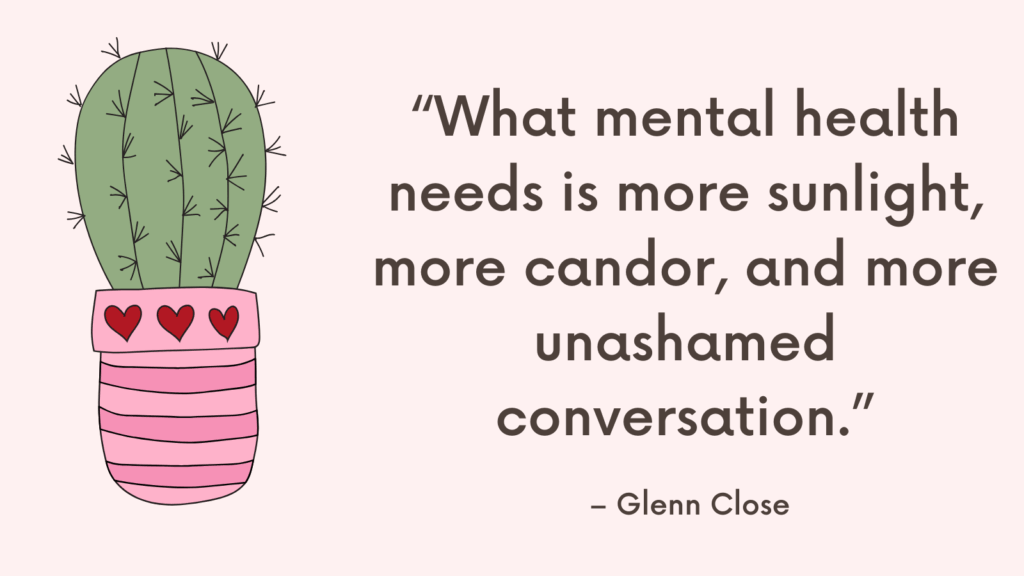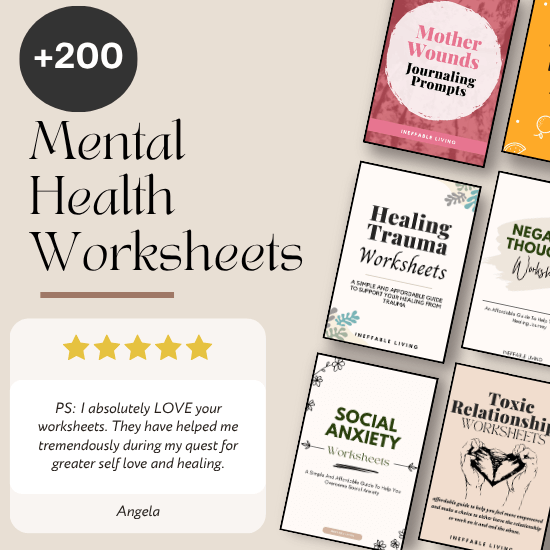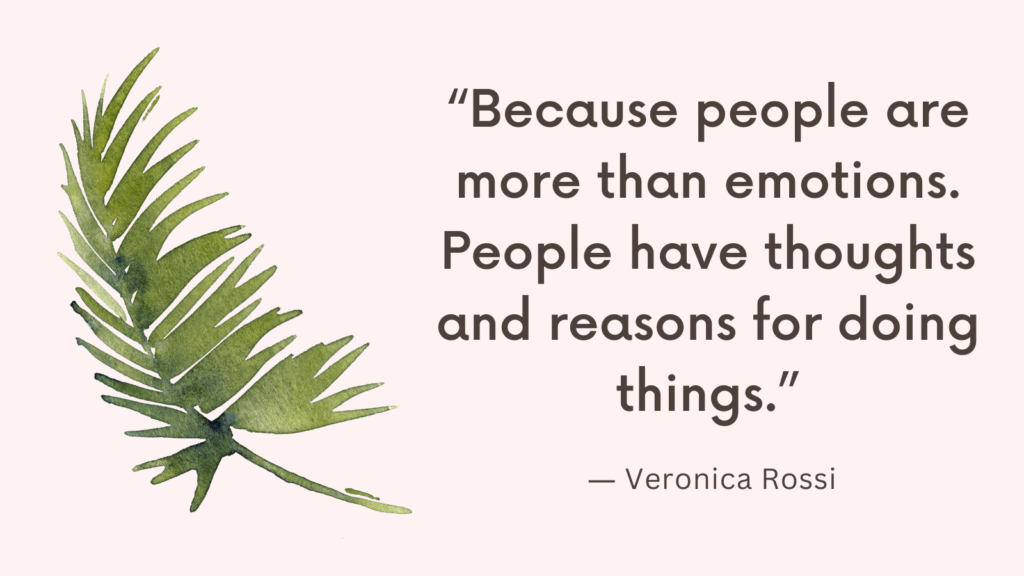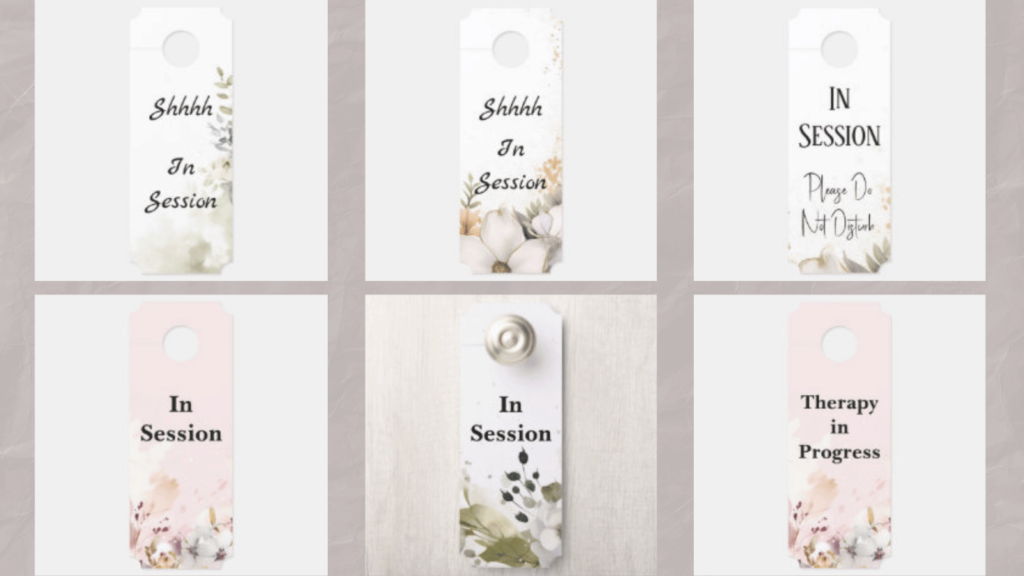Anyone else feel like they are drowning in notes and nobody prepared them for this part of the job?
You can have a full day of meaningful sessions and then sit in front of a blank screen, trying to remember what happened three clients ago. You are exhausted, your working memory has left the building, and now the guilt piles up as notes spill into evenings and weekends.
Most therapists were never actually taught how to take notes in real life conditions: back-to-back clients, paperwork-heavy agencies, ADHD brains, complex cases, and billing requirements.
What Makes Therapy Notes Hard to Keep Up With
Therapists struggle with documentation because:
- Sessions can be emotionally intense
- You carry stories that linger beyond the hour
- Your cognitive load is already full by the afternoon
- You’re moving quickly between clients with little downtime
- You’re expected to be both deeply present and highly organized
- Complex cases require more thought to articulate accurately
- Perfectionism and fear of missing something slow you down
The emotional labor of therapy drains the same mental resources needed for writing.
How To Write Therapy Notes Faster and More Efficiently?
1. Redefine What a “Good Enough” Note Is
Many therapists stay stuck because their internal bar for notes is unrealistically high.
Ask yourself:
- What does your agency or board actually require?
- What does insurance really need to see?
- What would protect you clinically, legally, and ethically?
Most professionals find that:
- Insurance progress notes are brief: often 3–6 clear sentences that show medical necessity, intervention, and client response.
- Notes are not transcripts. They show patterns, goals, and clinical reasoning, not every detail of the story.
- More detail is not always safer. Extra content can expose more PHI, increase your risk in court, and drain your time.
A useful standard to hold:
“If another competent clinician can read this note and understand why the client is here, what I did, how they responded, and what happens next, it is good enough.”
Once you lower perfectionism to “safe, clear, and concise,” finishing notes gets much easier.
Related: CBT Worksheets Bundle (FREE PFD Download)
2. Decide Your Documentation Window — And Treat It Like Policy
A lot of professionals say that the single biggest shift was treating notes as time-bound, not optional.
Common real-world windows:
- Same-day notes as a personal rule
- Within 24 hours as a clinic rule
- Up to 48 hours with a documented reason
- Up to 7 days in some agencies, but most clinicians notice that quality and speed drop the longer they wait
Pick a standard that is realistic for you and your setting and write it down:
- “My notes are done the same day unless there is an emergency.”
- Or “All high-risk clients are same-day; everyone else within 24 hours.”
Then treat that just like you treat showing up for a scheduled session. It is part of the work, not extra.
3. Use One Simple Template and Reuse It Ruthlessly
Many clinicians report that templates and sentence stems changed everything.
Common note structures:
- DAP (Data, Assessment, Plan)
- SOAP (Subjective, Objective, Assessment, Plan)
- BIRP (Behavior, Intervention, Response, Plan)
Choose one format that your agency accepts and make a personal “note skeleton” you use every time.
For example, a DAP skeleton:
- Data: “Client reported…”
- Assessment: “Clinician observed / Client continues to meet criteria for…”
- Plan: “Clinician and client will…”
Then build yourself a bank of sentence stems and action verbs, such as:
- “Client described…”
- “Client identified…”
- “Clinician provided psychoeducation regarding…”
- “Clinician and client explored the impact of…”
- “Client responded by…”
- “Client agreed to practice…”
Professionals often keep this “word bank” in:
- A Word/Google Doc
- A OneNote page
- Their EHR’s template section
At first, you may look at it constantly. Over time, these phrases live in your head and notes become almost automatic.
Related: Best 10 CBT Therapy Books
4. Create a “Paper Brain” or “Digital Brain” During Session
One of the most commonly shared strategies is extremely simple:
- Keep a small pad or tablet on your lap.
- Jot down 3–8 keywords during the session.
- Do not write full sentences.
- Focus on themes, not quotes.
Examples:
- “Conflict with partner – boundary setting – shame”
- “Panic attack at work – breathing skill – exposure homework”
- “Court date 12/5 – safety planning – SI passive no plan”
That way, when you sit down later, you are not relying on exhausted working memory. You are just expanding a few anchors you already have.
Many therapists tell clients something like:
“Sometimes I jot down a word or two. It is just to help me remember what felt important so I can support you better.”
Clients rarely object and often appreciate that what they say matters enough to be written down.
If you do virtual work, many clinicians use:
- OneNote with a tab per client
- A password-protected document
- A tablet with a stylus
The key is the same: brief anchors, not a second job.
5. Use a Collaborative Summary Without Turning It Into Paperwork Time
There is debate about concurrent documentation. Some agencies encourage using the last 5–10 minutes of the session to type notes with the client, others find that it harms the relational feel of therapy.
A middle ground many clinicians like:
- Around the last 5 minutes, ask:
“Before we wrap up, how would you summarize what felt most important today?” - Jot down their summary in your “paper brain” or digital notes.
- Reflect back one or two key pieces to make sure you heard them accurately.
Benefits professionals report:
- You leave the session already knowing what your “Data” section will be.
- You see what the client is actually taking away, instead of guessing.
- It naturally supports goal focus and treatment planning.
You can then write the formal note after, without turning the session into pure admin time.
6. Build a Between-Session Micro-Routine (5 Minutes Max)
Most therapists who are caught up on notes are not doing anything fancy. They simply refuse to let a session end without at least a micro-note.
A practical routine:
- End at 50–53 minutes when possible, not 60.
- Immediately after the client leaves or logs off:
- Glance at your keywords.
- Write a 3–4 sentence rough DAP or SOAP note in your EHR.
- If you truly cannot write the full note:
- Type a quick, informal summary in the chart or a draft field.
For example:
- “Rough: argued with partner about finances, tracked emotions, linked to family patterns, planned to try pause + ‘I statement’ this week.”
When you return later, you are editing and polishing, not starting from zero.
Professionals consistently say:
“If I wait until the evening or the weekend, each note takes twice as long and feels ten times heavier.”
Related: Best 23 Therapist Gifts Ideas
7. Protect Dedicated Admin Time Like a Session
Realistically, there will be days when you cannot finish everything between clients. The therapists who are not chronically behind almost always:
- Block an admin half-day or full day each week
- Or build 1–2 admin blocks into every day
Ideas that clinicians report using:
- Taking one weekday (for example, Wednesday or Friday) as an “admin day” for notes, treatment plans, and calls
- Working a “4+1” schedule: four heavy client days, one admin day
- Turning no-shows and cancellations into structured documentation time instead of scrolling
The point is to stop treating admin as something you fit into the cracks.
If you are in an agency that controls your schedule, you may not get a whole day, but you can still:
- Ask for a protected admin block
- Or deliberately leave 1–2 slots open and mark them as “documentation” in your calendar so they do not get filled “just this once”
8. Pre-Build Notes and Plan Ahead, Not Just Backwards
Some clinicians find it easier to think forward rather than backward.
They:
- Pre-create the note for the next session on Friday or at the start of each week
- Fill in required logistics and boilerplate (location, type of session, CPT code, etc.)
- Jot down the planned interventions or focus for that upcoming session
Then, after the client is seen, all they have to add is:
- What actually happened
- How the client responded
- Any changes to plan or risk
This approach has two big benefits:
- Your future self is not staring at a truly blank screen.
- You are naturally mapping and sequencing your work over the week.
9. Use Technology Intentionally (Without Letting It Take Over)
Many therapists now use some combination of:
- EHR templates with dropdowns for MSE, risk, and checkboxes
- Tag-based apps or session log tools to keep themes and homework linked
- HIPAA-compliant AI note helpers that turn a rough summary into a structured DAP/SOAP note
A few principles that professionals emphasize:
- Use tech to reduce cognitive load, not to replace clinical judgment.
- Never paste AI-generated content into a chart without reading and editing for accuracy and tone.
- Protect PHI: if you use external tools, do not include full names, dates of birth, or other identifiers unless it is HIPAA-compliant and covered by a BAA.
- Keep your tech stack simple. One EHR + one note system (or one note system inside the EHR) is usually enough.
If tech overwhelms you, it is okay to stick to:
- A tablet and a template
- Or a notepad and your EHR’s existing framework
The “best” tool is the one your brain will actually use consistently.
Related: 5 Principles Of Trauma Informed Care
10. Triage Notes Instead of Treating Them All the Same
When you are behind, trying to “catch up on everything” is paralyzing. Seasoned clinicians often triage:
- High-risk first
- Suicidal ideation (SI) or homicidal ideation (HI)
- Complex medical issues or court involvement
- Situations with high potential for decompensation
- New clients and assessment sessions
- Routine follow-ups with low risk
For high-risk and legally sensitive sessions, they:
- Document on the same day whenever humanly possible
- Include clear risk assessment, safety planning, and consultation
For low-risk sessions, notes can be briefer as long as they still show:
- Why services are medically necessary
- What you did
- How the client responded
- What the plan is
Having a triage lens can reduce anxiety and help you prioritize when you are underwater.
11. Build Your Own “Note Language” Over Time
Documentation really does become faster with practice, but it is not automatic. Many professionals describe a learning curve that took months:
- Early notes were long, detailed, and exhausting.
- Over time, they learned to:
- Write to patterns, not stories
- Name interventions clearly (“supportive listening,” “Socratic questioning,” “behavioral activation,” “exposure hierarchy,” etc.)
- Capture change across sessions instead of repeating the same note over and over
You can speed up this process by:
- Keeping a personal “language bank” of:
- Common presenting problems and how you describe them
- Common interventions and how you phrase them
- Common treatment plan updates
- Asking a trusted supervisor or colleague to review a few of your notes and help you cut them down to essential information
- Printing or saving one or two of your own “ideal” notes as models to copy from
Think of it as building documentation muscles. At first they ache. Then it becomes routine.
Related: Best 12 Books For Therapists
12. Make Documentation Less Miserable for Your Nervous System
Many therapists say no productivity hack will help if everything in your body associates notes with dread.
Instead of trying to make yourself love notes, focus on making them less punishing:
- Pair notes with something regulating:
- A warm drink
- A comfortable chair
- Music that does not distract you
- Create a start cue:
- “When I sit down and open my EHR, I will commit to one note.”
- Reward completion:
- After three notes, stretch, stand up, or check something pleasant.
- Give yourself a hard stop:
- “I do notes until 5:30. After that, I am done for today, even if the list is not perfect.”
This does not fix systemic problems like unrealistic caseloads or poor supervision, but it does help your body associate documentation time with a little more comfort and a little less punishment.
13. If You Are Already Behind, Start With a Reset, Not Perfection
If you are sitting on weeks of backlog, you are not alone. Many clinicians have been there.
To reset:
- Triage:
- Do the highest-risk and newest notes first.
- Set a small daily quota:
- For example, “Today I will do today’s notes plus three old ones.”
- Use your paper/digital brain:
- Pull any scratch notes, emails to yourself, or calendar entries to jog your memory.
- Keep them brief and honest:
- If your memory is limited, document what you reasonably recall, focus on patterns, and record current presentation and plan clearly.
You are not trying to win an award for the world’s most detailed note. You are trying to get clinically adequate documentation back into alignment with reality.
Related: Best 10 Narrative Therapy Books
14. Expect It To Get Easier — Because For Most Clinicians It Does
Therapists with several years of experience often say:
- They used to spend evenings and weekends on notes.
- They used to feel constant shame about being behind.
- Once they had:
- A consistent template
- A “paper brain” in session
- A personal deadline
- Protected admin time
their note-taking went from a chaotic crisis to a manageable, if boring, part of the job.
Your system will not look exactly like anyone else’s. You might:
- Use a tablet and OneNote.
- Use a legal pad and a Friday admin day.
- Use tag-based tools and a 24-hour rule.
- Use a HIPAA-compliant AI helper as a drafting assistant.
What matters is that the system fits your brain, protects your clients, and lets you have a life outside of your EHR.
Related: FREE Therapy Journal Template
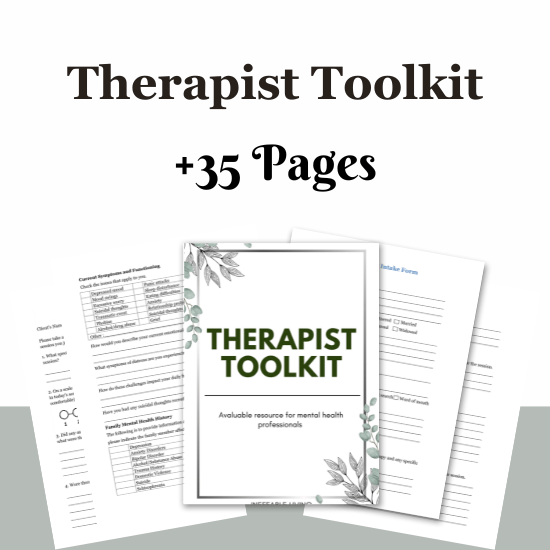
Conclusion
If you find a rhythm where you can leave work at the end of the day with notes mostly done, you are not being “lazy” for wanting that. You are protecting your own mental health so you can keep doing the work you love without paperwork slowly eroding everything else.
